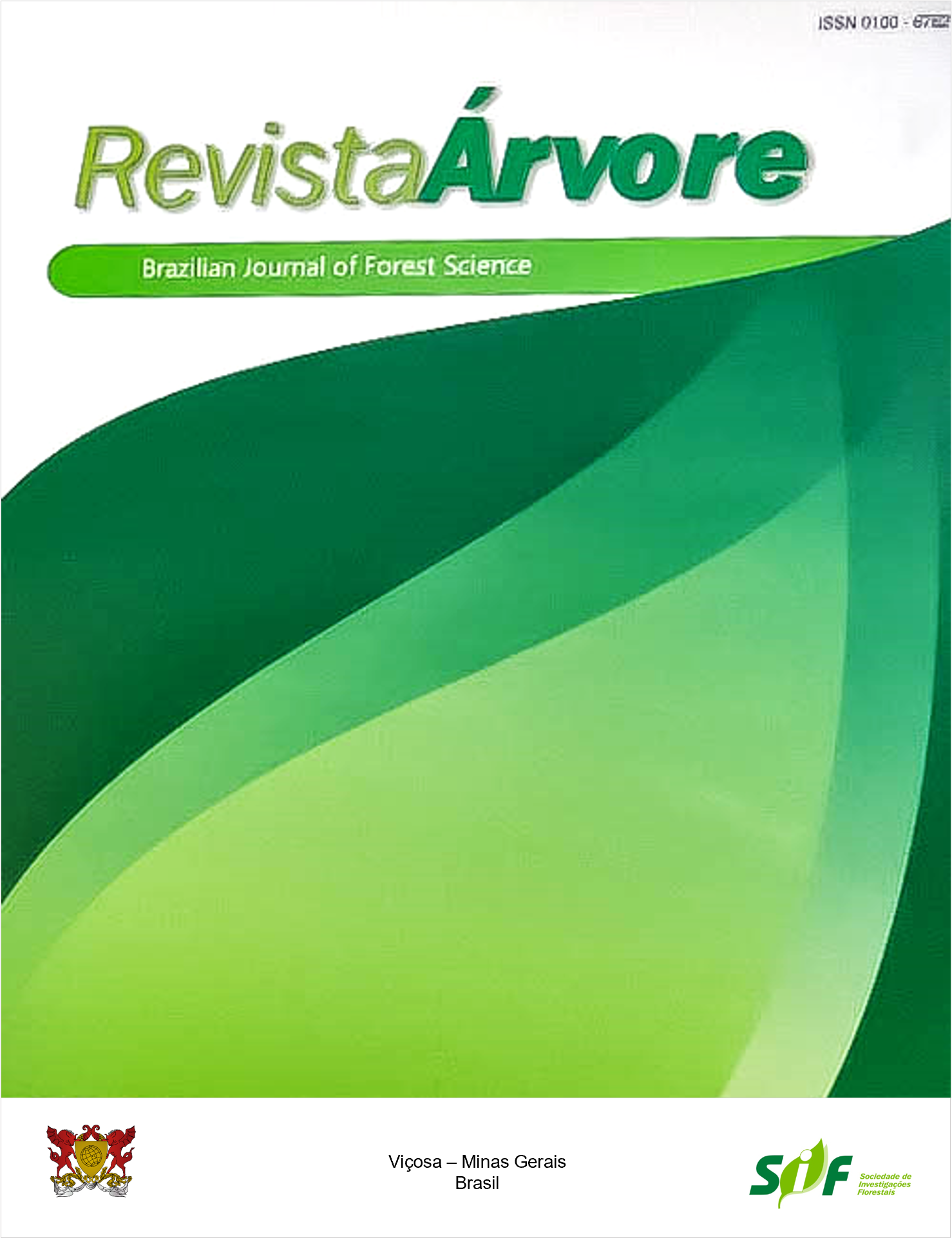TEMPORAL AND SPATIAL VARIABILITY OF THE DIAMETER DISTRIBUTION IN A SECONDARY BRAZILIAN ATLANTIC FOREST SUGGESTS SITE-SPECIFIC MANAGEMENT PRACTICES
Keywords:
Uneven-aged forest, Diameter structure dynamic, Secondary successionAbstract
The diameter distribution of a forest makes it possible to understand its ecological processes and to define actions related to forest management aiming at forest conservation, biodiversity increase, production, and carbon sequestration, among others. This study aimed to identify variation in the diameter distribution in a secondary Atlantic Forest, as a function of sites, over 24 years. The diameter at 1.3 m in height (dbh) was measured for each tree over 5.0 cm dbh, in ten sites, from 1992 to 2016. It was analyzed the quadratic mean diameter (Dq), the Dq annual periodic increment (APIDq), the Liocourt’s Quotient (q), and the diameter distribution with Meyer’s exponential model. The average APIDq over 24 years was 0.03 cm year-1, an average increase of 0.21%, with site variation ranging from 0.74% to -0.45%. The diameter distribution of the forest as a whole maintained the reverse J-shaped over 24-years. When the sites in each inventory year were analyzed, the variation in the diameter distribution was evident, and there were differences in the recovery capacity of the reverse J-shaped distribution from 1992 to 2016. The overall results indicate that, whenever possible, the management plan to recover the structure of the Atlantic Forest remnants should be site-specific, particularly in the mountainous region where the environmental conditions are quite diverse.
Keywords: Uneven-aged forest; Diameter structure dynamic; Secondary succession
Downloads
Published
How to Cite
Issue
Section
License
Copyright (c) 2021 Revista Árvore

This work is licensed under a Creative Commons Attribution 4.0 International License.
All authors agreed to submit the work to Revista Árvore and granted the exclusive license to publish the article. The authors affirm that it is an original work and has not been previously published elsewhere. The scientific content and opinions expressed in the article are the sole responsibility of the authors and reflect their opinions, not necessarily representing the opinions of the editorial board of Revista Árvore or of the Society of Forest Investigations (SIF).




